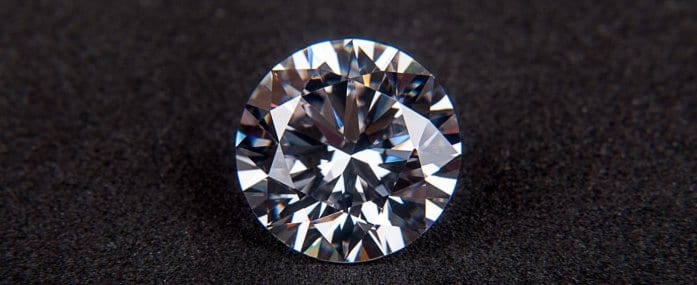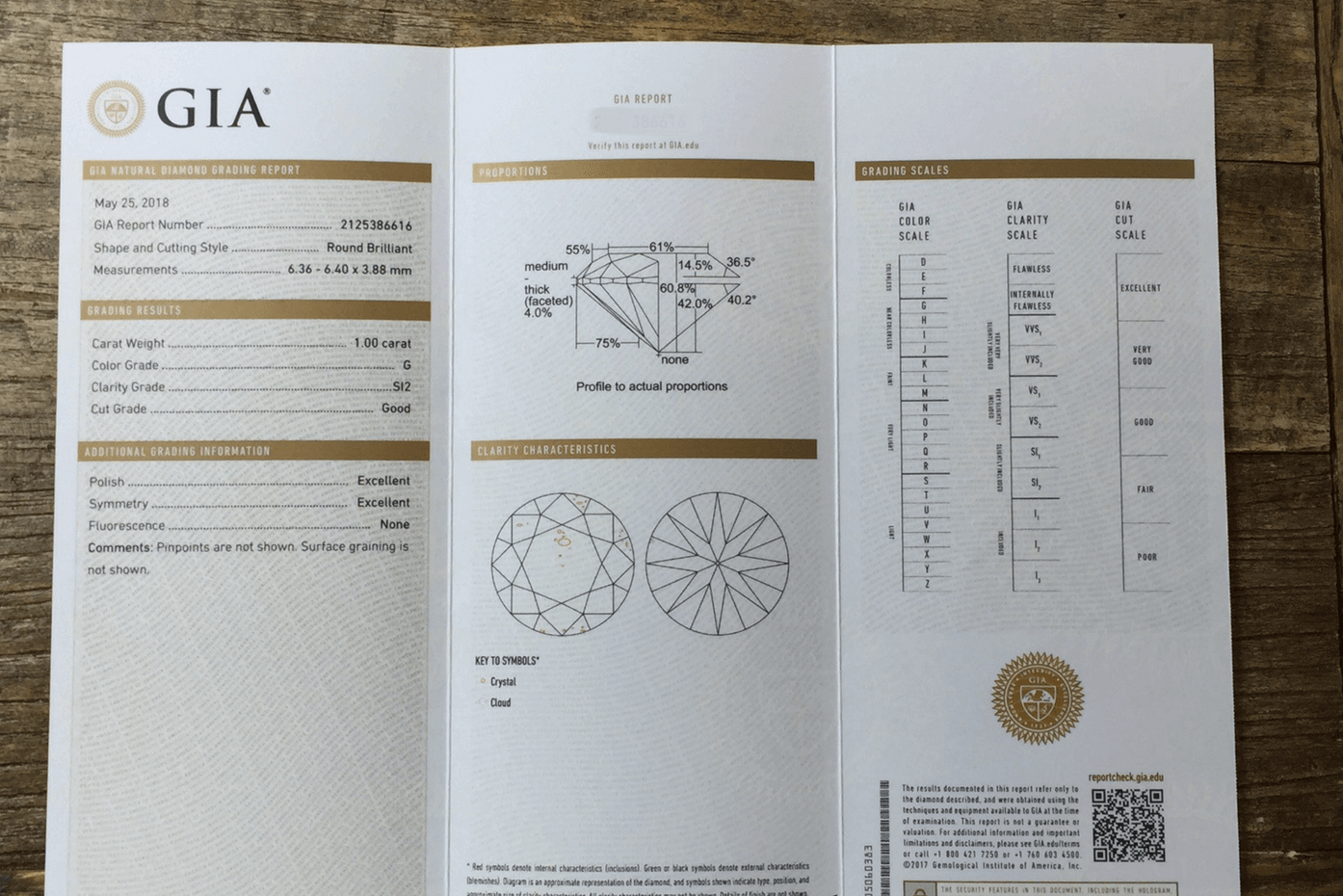
There is little doubt that consumers are becoming more and more savvy when it comes to purchasing diamonds. Many consumers who have bought a diamond recently are probably already familiar with the universally accepted 4C’s (carat, cut, clarity, and color). However, the 4 C’s only scratch the surface of a diamond’s grading and ultimate market value. In the last decade or so, new factors have been added to the diamond grading reports that have significant impact on a diamond’s retail and resale value. But worry not! We will take you through them so that you can avoid paying sky-high prices at retail or getting shoddy offers at resale.
Among industry pundits, it is well known that not all diamond grading labs are created equal. This fact is only just now beginning to catch on among consumers – as well it should. There are four main grading labs used by the industry. Each lab varies in level of consistency, reliability, and added market value. The Gemological Institute of America (GIA) for example, is considered the most reputable and stringent in their gradings, typically resulting in higher priced stones. EGL reports on the other hand, have recently been banned from RapNet, the largest diamond trading network, and should get a second opinion.
Top gemological labs:

With the growing importance of a reputable lab report, the practice of inscription has grown as well. The practice of inscription includes the etching of the grading report number associated with the stone. This is to assure that jewelers, resellers, or handlers do not ‘switch’ out the stone for one of a lesser quality. It also helps to investigate diamonds that may have been stolen and recovered. There are currently two types of inscription: plotting & laser. Plotting used to be the most common way to etch a diamond’s value onto it however, this method was found affect the clarity of the stone. Since then, laser inscriptions have become the new standard as they have almost no adverse effect on the quality of the stone. As consumers are becoming more and more aware, requests for laser inscriptions are going up among jewelers and consumers.
A diamond’s cut grade used to not even be included on diamond reports and is many times overlooked by consumers. Now that it is a part of the grading scale, 80% of diamond cut grades are “excellent cut” which brings up their value by 12%! A diamond’s cut grade can be broken down into two sub-grades: polish and symmetry. These two factors are assigned their own gradings that make up the total cut grade. The polish refers to the surface quality while the symmetry refers to the exactness of the diamond’s shape considering the arrangement of the facets.
Cut Grade Breakdown:
| Total Grading | Polish | Symmetry |
|---|---|---|
| Excellent | VG+ | VG+ |
| Very Good | G+ | G+ |
| Good | F+ | F+ |
| Fair | F | F |
| Poor | P | P |
Fluorescence is a reaction of trace minerals that causes a “glowing” effect under a UV light. Approximately 1/3 of diamonds are fluorescent, and while it’s not universal, fluorescence can change the perceived appearance of real color, depending on its strength and color. Fluorescence used to be considered wholly negative to a diamond’s value, but modern understanding has proven that fluorescence can both positively and negatively impact a diamond’s value. In fact, the most common color of fluorescence is blue (more than 95%), and this can have a positive influence by causing a diamond to appear whiter. High fluorescence can make a diamond look “oily” which decreases the price while lower color grades with fluorescence can increase price.
While essentially perfect diamonds exist, their rarity makes them highly valuable, especially in the larger carat sizes or in naturally colored stones. To another point, a diamond can have top scores but come in a less popular shape. Every consumer has their personal taste, sure, but it is a well-known fact that some shapes are more popular and more saleable than others. For example, the round brilliant cut has remained popular for quite some time while the marquise shape diamond reached its peak in the 1980s. We at Worthy have seen this effect take shape in the ultimate resale of a diamond no matter how high the quality.
Every individual has to make their own choices based on their taste, style, and needs. A diamond is an expensive purchase for many and being educated about this can help make smarter buying and selling choices. Now equipped with this knowledge, have some fun, and treat yourself or someone you love.
Looking to sell a diamond instead? This knowledge can be equally advantageous in showing a buyer that you know your stuff and have fair price expectations.
©2011-2024 Worthy, Inc. All rights reserved.
Worthy, Inc. operates from 25 West 45th St., 2nd Floor, New York, NY 10036